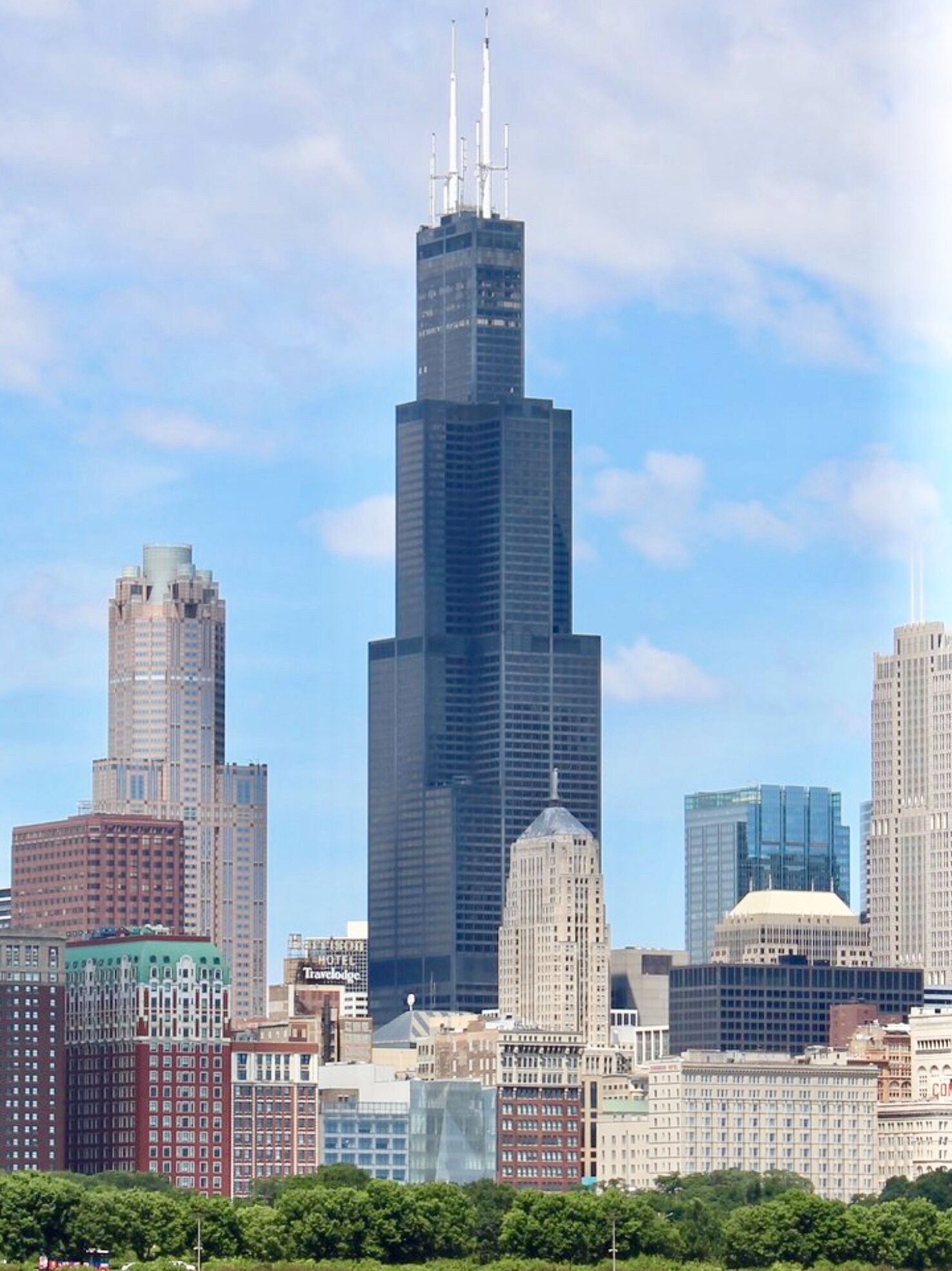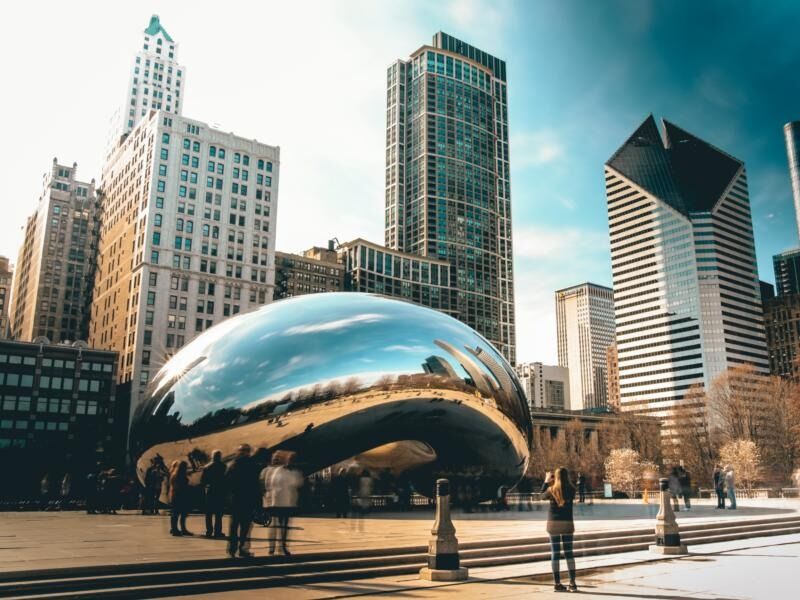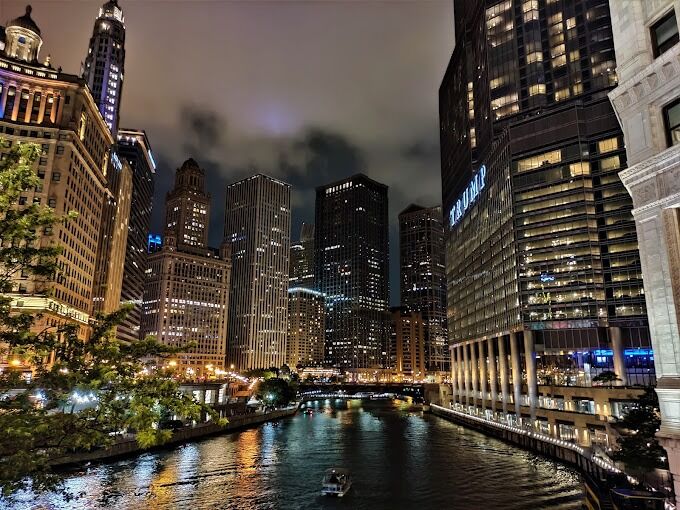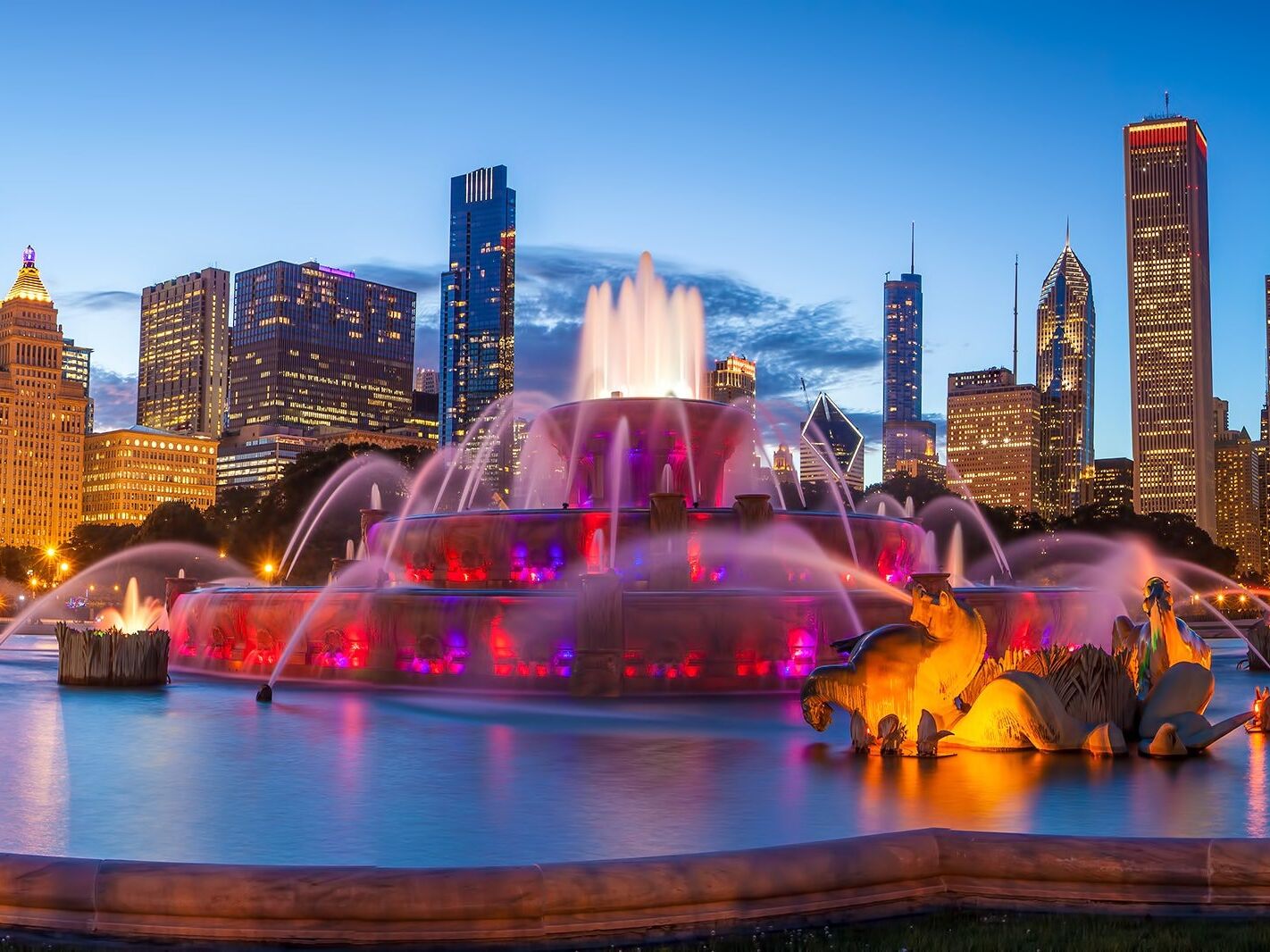Aayushi & Parth
Aayushi & Parth
Things to Do
Willis Tower
Willis Tower (formerly known as the Sears Tower) is a 110 story building in the heart of Chicago’s downtown. Willis Tower is not only one of the tallest buildings in the world, it is also a magnificent icon, impossible to miss within Chicago’s skyline. Stepping out onto The Ledge of Skydeck is a quintessential Chicago experience, as much for the incredible views as for the unique experience and educational opportunities.
Millennium Park
Millennium Park is a can’t-miss attraction for any Chicago visit. The lakefront campus, located in the heart of downtown, is home to the iconic Cloud Gate statue (aka “The Bean”), interactive fountains, tranquil gardens, free events, public art, skating rinks, rock climbing, and plenty of green space. Explore everything Chicago’s Millennium Park has to offer.
Navy Pier
Each year, nearly nine million guests visit Navy Pier, Chicago’s iconic lakefront destination, and learn all that this destination has to offer (Hint: There’s more than the Centennial Wheel to check out!).
Riverwalk
The 1.25-mile long path has been constructed in phases over time and includes four distinct districts; The Confluence, The Arcade, The Civic, and the Esplanade. The Chicago River is a treasured natural amenity in the urban canyon of world famous architecture and the Chicago RiverwaIk allows a close proximity to the waterway. The continuous path from Lake Street to the lake front also allows a vertical connection from Upper Wacker Drive down to the waterway.
Buckingham Fountain
Officially opened to the public on May 26, 1927 and dedicated on August 26, 1927, the Clarence Buckingham Memorial Fountain is the centerpiece of Grant Park—Chicago's "Front Yard.” For decades this site had been the subject of heated controversy. Renowned architect Daniel H. Burnham (1846–1912) planned to build the Field Museum of Natural History in this location in the center of the park. Businessman Aaron Montgomery Ward fought four Illinois State Supreme Court battles to prevent the building’s construction here in order to keep the park’s lakefront view “free and clear” of any obstructions. After Ward won his final case in late 1910, the South Park Commission did not have alternate plans for Grant Park, and the site remained unimproved for many years.




